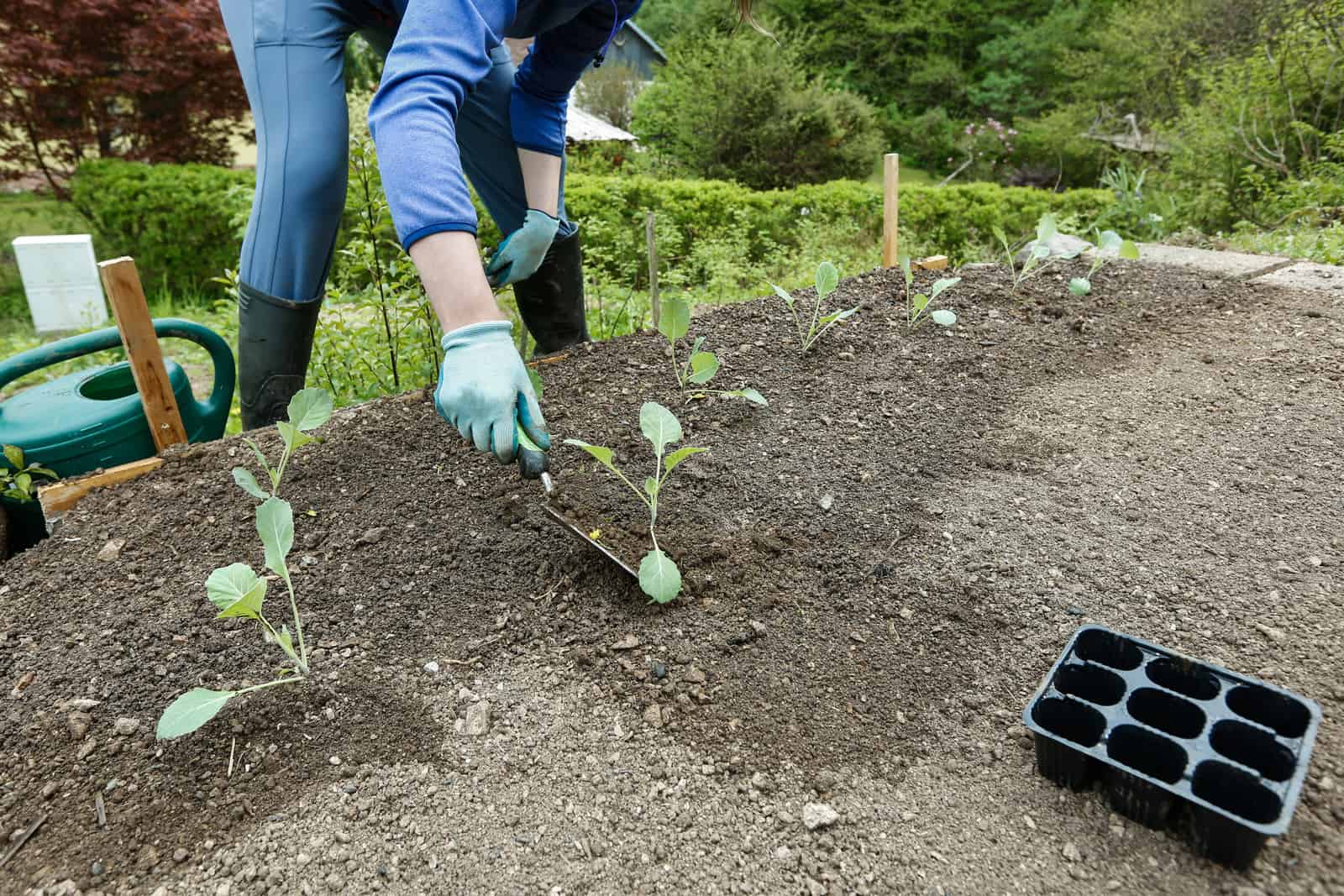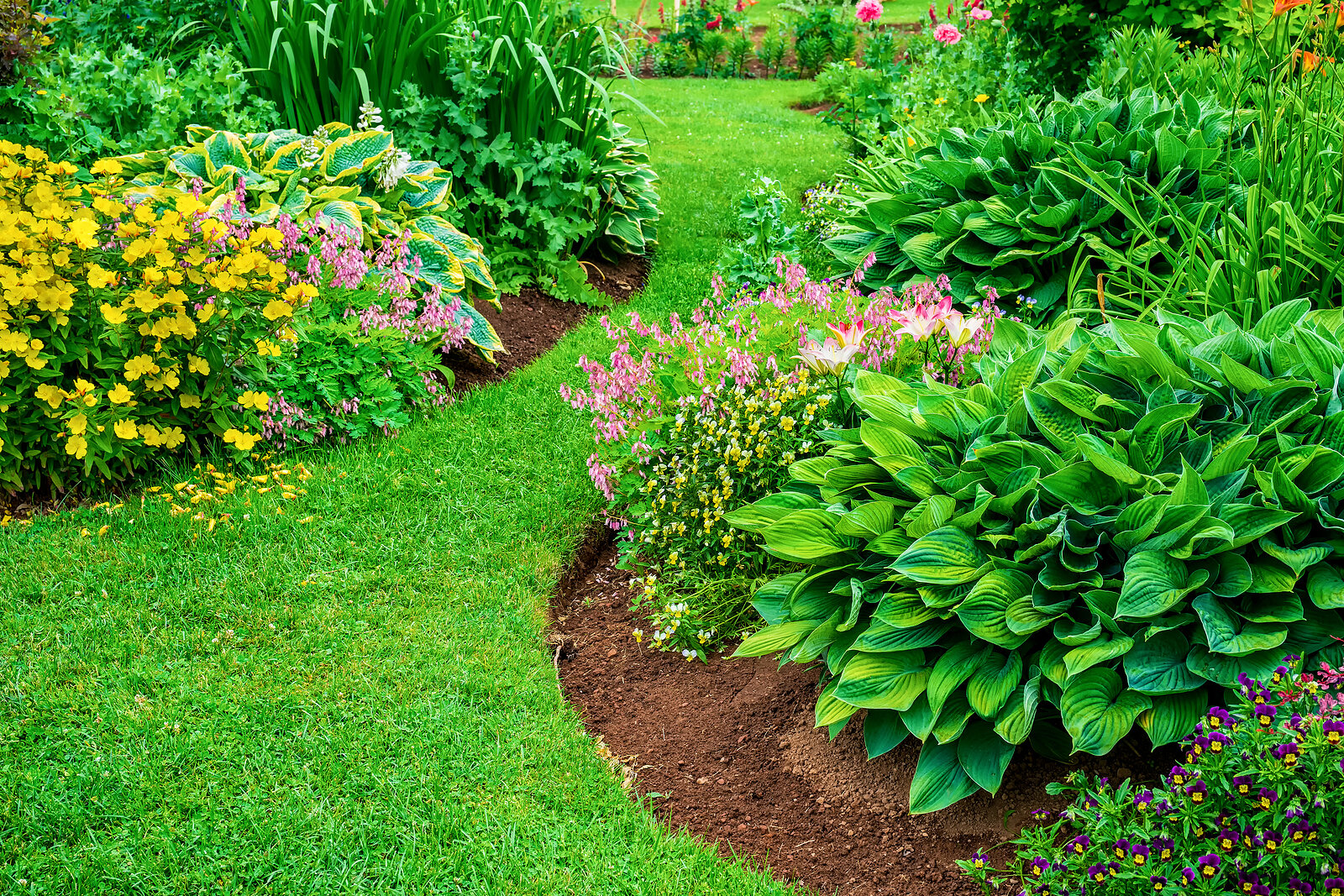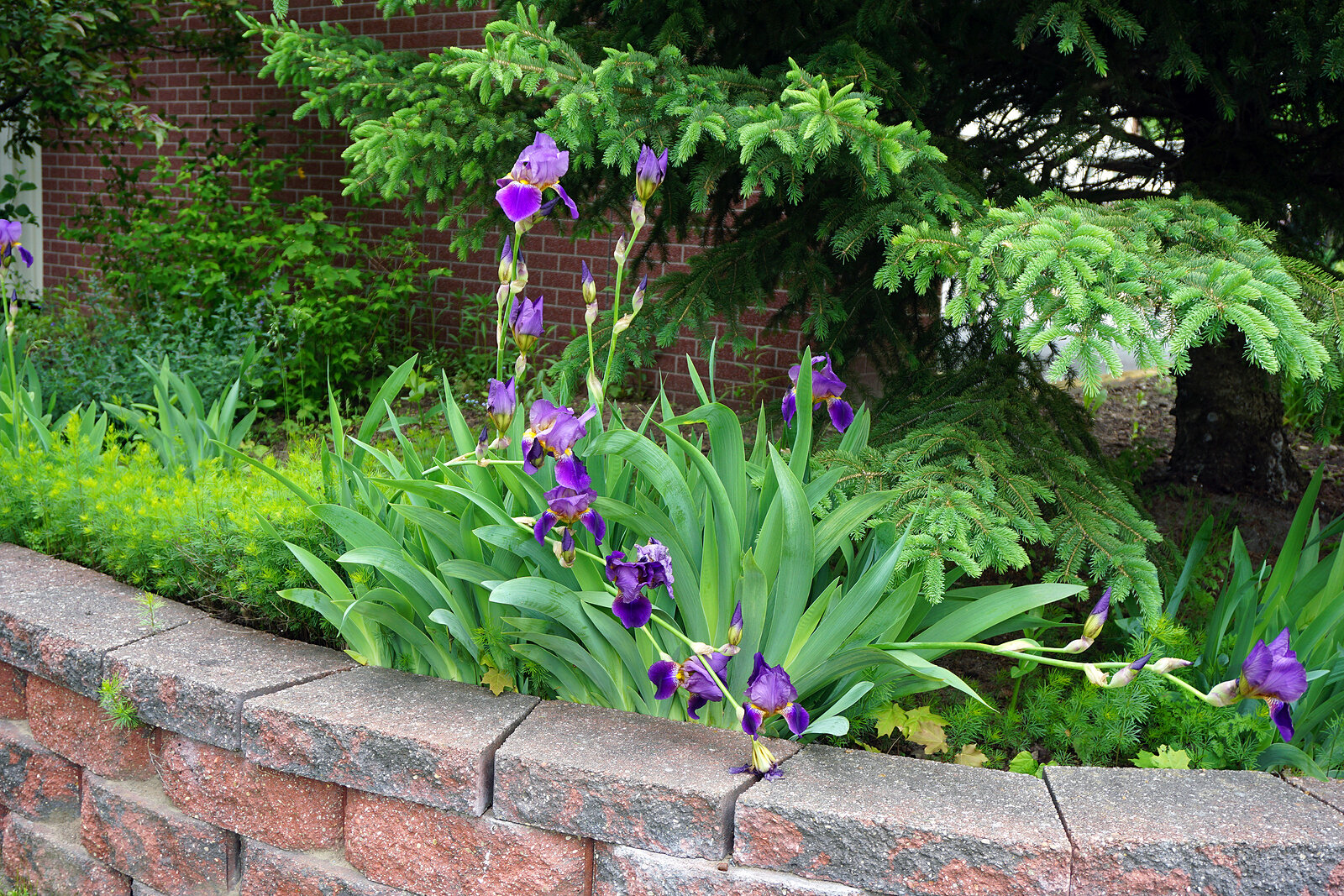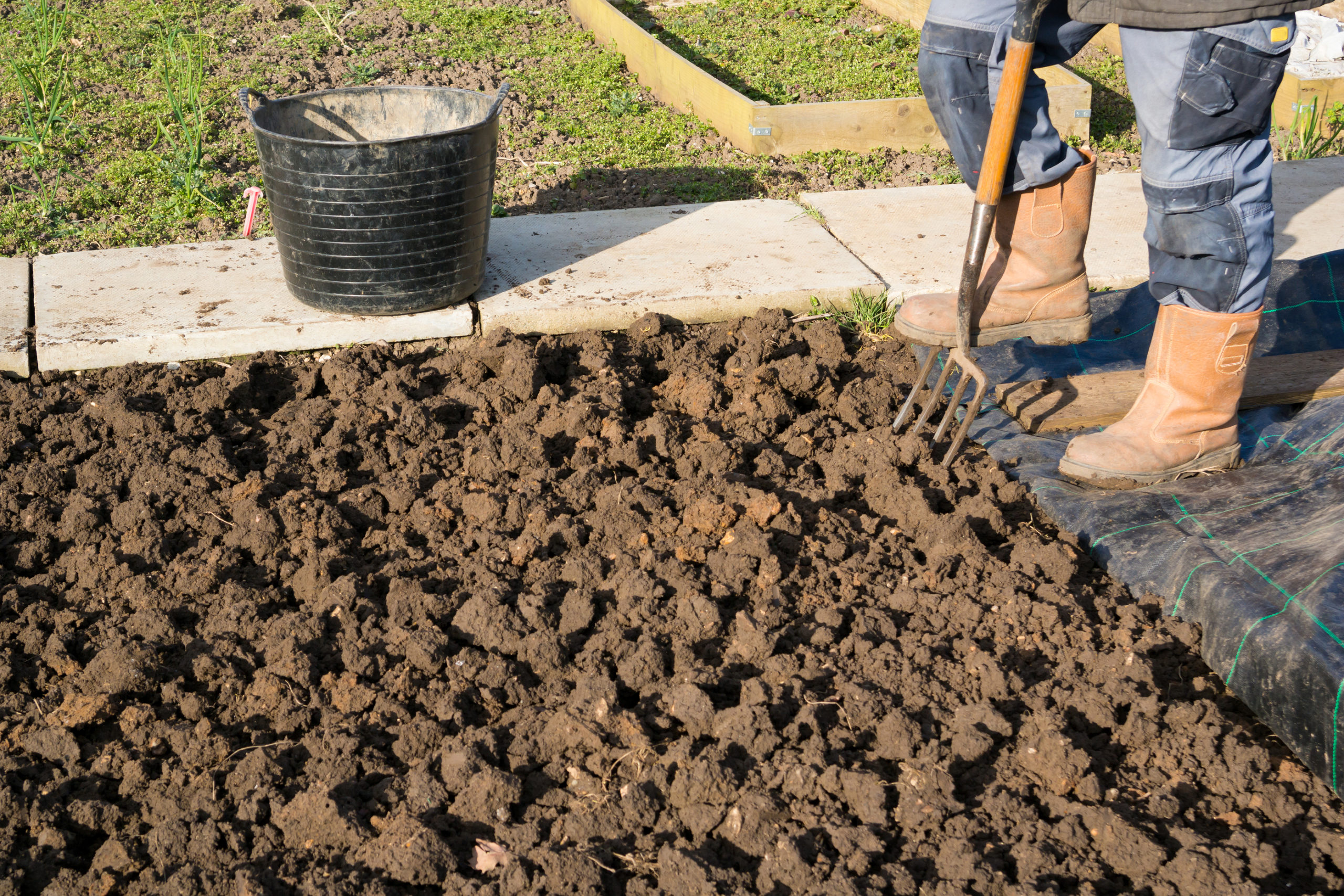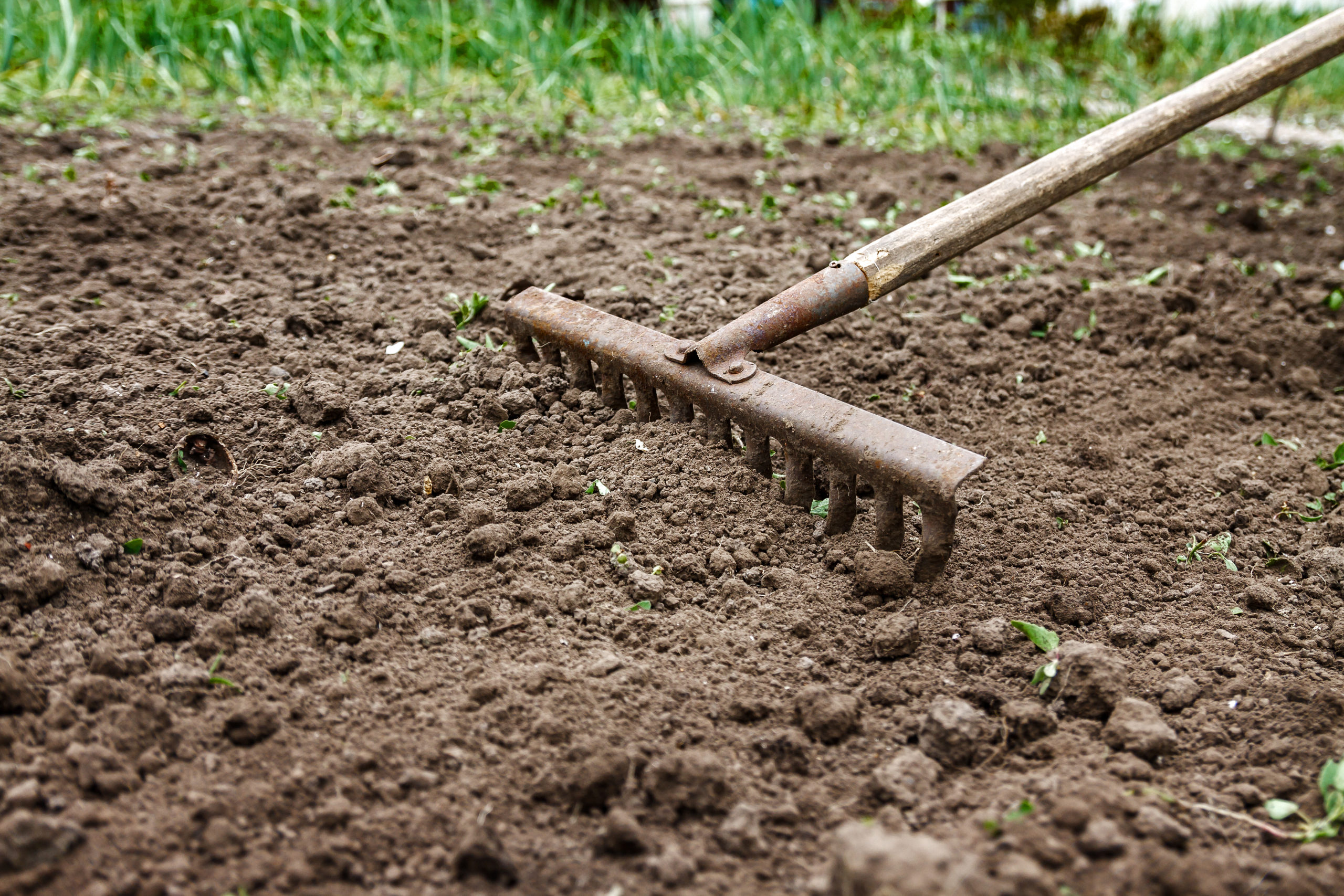Planting Bed
Latest stories
More stories
-
How to Prepare an Established Planting Bed for the New Season
Established planting beds–perennial beds, mixed beds of annuals and perennials, and shrub borders–must be readied for each new growing season. This means amending the soil with aged compost, aged manure, fertilizers, and other soil amendments. The health of plants in a planting bed will directly equate to the health of the soil. Well-established planting beds […] More
-
in Planting
Raised Beds for Planting
Raised beds allow you to grow plants above the natural garden soil. A raised bed is commonly filled with planting mix or potting soil–soils that are often better than the natural soil. Where the ground is constantly wet, rocky, clay, or sand, a raised bed may be the best option for growing plants. Raised beds […] More
-
in Gardening Tips, Soil
Tilling, Digging, and Forking the Vegetable Garden
Once you have decided on a site for your vegetable garden and know what kind of soil you are working with and what amendments can make it better, it will be time to work the soil, to prepare for planting. Digging and tilling are not necessary for fertile well-structured soils. Good soils can be lightly […] More
-
in Gardening Tips, Soil
No Dig, Light Dig Vegetable Garden Preparation
The no-dig or light-dig garden preparation method calls for spreading soil amendments across planting beds and allowing rain, wind, and soil organisms to naturally carry the amendments and their nutrients down into the soil. The no-dig, light-dig method is an alternative to turning the soil with a tiller or spade. Lightly turning planting beds with […] More

